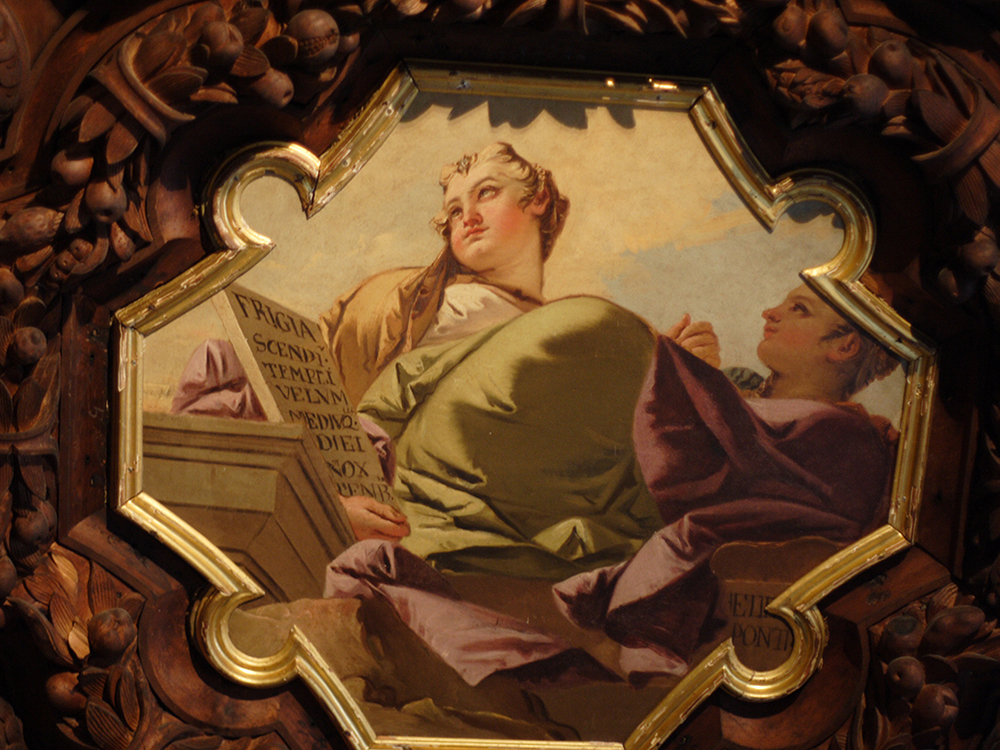Baldassare Longhena and the splendor of the Scuola Grande dei Carmini
Venice is a city of breathtaking architecture, shaped by the vision of great masters. Among them, Baldassare Longhena (1598–1682) stands out as one of the most influential architects of the Baroque era. His work redefined Venetian architecture, blending grandeur with harmony, light, and movement. Longhena is best known for designing the iconic Santa Maria della Salute, but his influence extends to numerous palaces, churches, and institutions—including the Scuola Grande dei Carmini.

The Scuola Grande dei Carmini: A Hidden Gem
Founded in 1594, the Scuola Grande dei Carmini was one of Venice’s major lay confraternities, dedicated to charitable works and religious devotion. In the late 17th century, the building underwent a transformation, with Longhena designing its elegant façade and monumental staircase, adding his unmistakable Baroque touch.
Inside, visitors are met with an extraordinary artistic treasure trove. The ceiling of the Sala Capitolare is a masterpiece, decorated by Giovanni Battista Tiepolo, one of the greatest painters of the Venetian Rococo. His stunning fresco cycle, completed in the 1740s, glorifies the Virgin Mary and the Carmelite Order with vibrant colors and celestial figures. The interplay of light and movement in Tiepolo’s work perfectly complements Longhena’s architectural vision.
The Scuola also houses intricately carved wooden furnishings by Francesco Pianta, featuring dramatic allegorical figures that add to the theatricality of the space. The grand staircase, framed by white stone and elaborate stucco work, invites visitors into this sacred yet opulent world.
Discovering Venice’s Hidden Masterpieces
Though less visited than other Venetian landmarks, the Scuola Grande dei Carmini is a must-see for lovers of Baroque architecture and Venetian painting. It is a testament to Baldassare Longhena’s genius, a place where architecture and art come together in perfect harmony. Located in the Dorsoduro district, near Campo Santa Margherita, it remains one of Venice’s hidden artistic gems, waiting to be explored!


